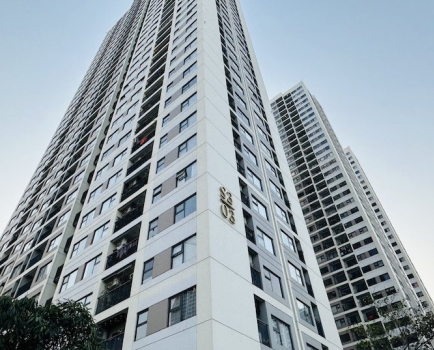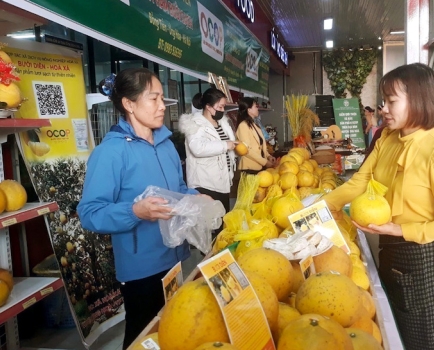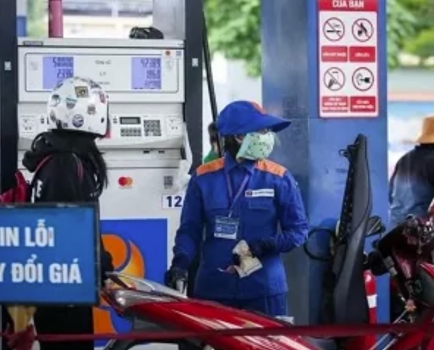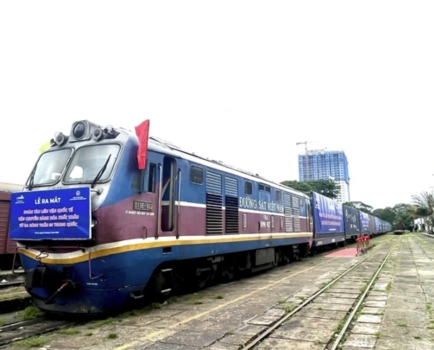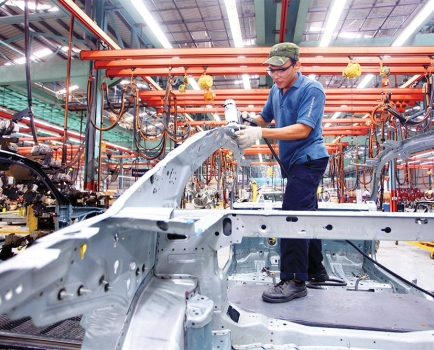Concerns mount as construction violations deface Ha Giang’s natural beauty
Thu, 31 Oct 2019 14:25:00 | Print | Email Share:
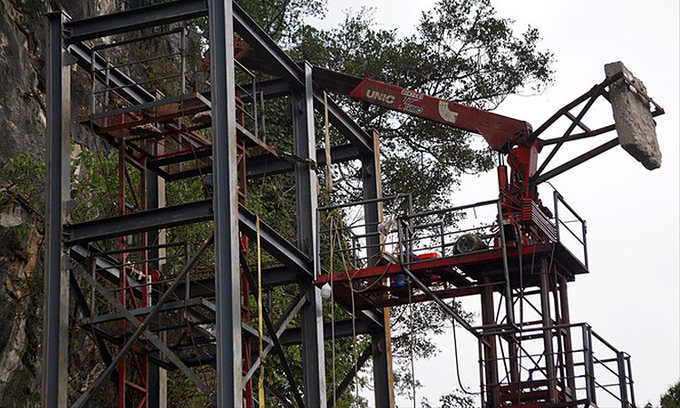
in Dong Van District, Ha Giang Province, which has been met with
criticism from the public. Photo by VnExpress/Nguyen Hoan.
With provincial authorities either abetting or being lax about illegal constructions, concerns are mounting over the defacing of Ha Giang’s natural beauty.
The latest case to arouse controversy is an elevator project developed within a relic site in Dong Van District's Old Quarter.
The Ministry of Culture, Sports, and Tourism late last week requested the Ha Giang People’s Committee to investigate the construction of a 102 m outdoor elevator at the Don Cao Fortress site by a local resident.
The VND19 billion ($817,000) project, which also includes a complex of restaurants, homestays and coffee shops on an area of 5,600 square meters at Don Cao, the highest mountain peak in Dong Van District, was approved by Ha Giang authorities in 2017 and its construction commenced in April this year.
In a document sent to Ha Giang, the culture ministry said the project disregarded two Prime Minister-approved master plans, one for the Dong Van karst plateau’s tourism development and one for the development of a global geopark in Dong Van.
Dong Van plateau is one of the two UNESCO-recognized global geoparks in Vietnam, together with Non Nuoc Cao Bang in Cao Bang Province, northern Vietnam.
The violation has heightened public concerns over the responsibility shown by Ha Giang’s authorities as this is at least the third project found encroaching national relics in the northern province just this month.
"Don't turn Ha Giang into a giant construction site like Sa Pa, already attacked by high-end resorts and hotels," reader Truong Minh wrote to VnExpress. Sa Pa is a resort town in the northern highlands province of Lao Cai.
Another reader named Long Nguyen wrote: "The elevator project will ruin the natural landscape of Don Cao, which is a historical site in the country that needs to be preserved."
Don Cao Fortress is a historical monument built by the French in the early 20th century to serve as a military camp at an elevation of about 1,200 meters above sea level.
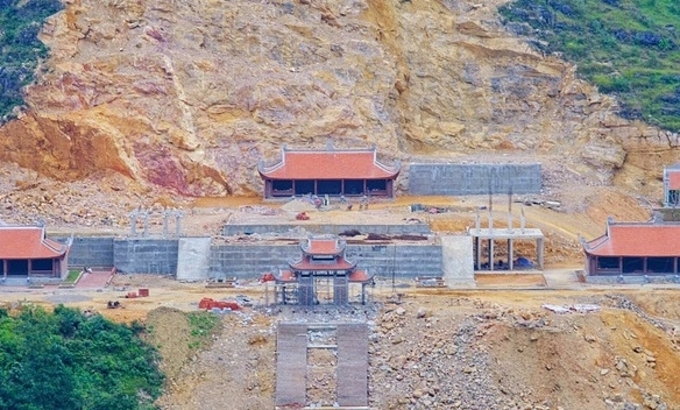
The Lung Cu spiritual, cutural and eco-tourism complex project
under construction in Dong Van District, Ha Giang Province.
Photo acquired by VnExpress.
The culture ministry late last week also asked Ha Giang to investigate the 56-hectare Lung Cu spiritual, cultural and eco-tourism complex project invested in by the Phuc Loc Group for the same violation.
The VND889 billion ($38.25 million) project, comprising seven temples, guest houses and areas for tourism services, also violated the above-mentioned master plans for Dong Van.
Construction of the Lung Cu project began in 2016 after being approved by provincial authorities. It has upset locals since the developer took over their cultivation land and relocated many Hmong graves.
Part of the Lung Cu complex is built in the buffer zone of the Lung Cu Flag Tower which is a national relic. The 1,470 meters tall tower, inaugurated in September 2010 in Ha Giang, marks the country's northernmost, is a symbol of the nation's sovereignty and offers a view of some spectacular landscapes.
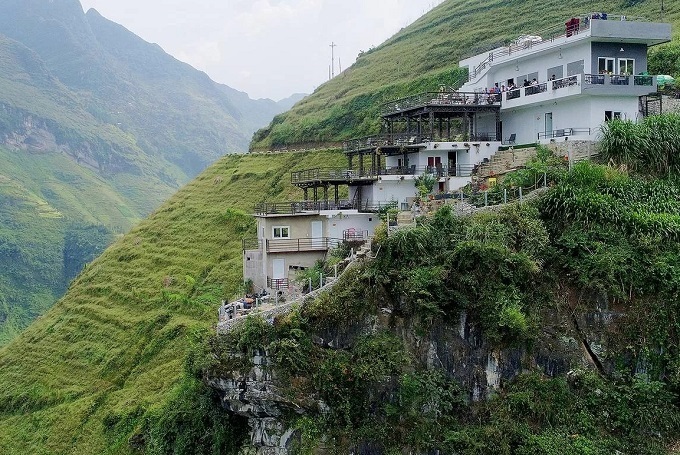
The Panorama hotel on Ma Pi Leng Pass, Meo Vac District, Ha Giang Province.
Photo by VnExpress/Giang Huy.
On October 15, the Panorama Hotel, built within the buffer zone of Ma Pi Leng Pass, a national scenic spot, was closed by authorities in Meo Vac District, Ha Giang. Earlier in the same day the culture ministry said the hotel obstructed views of the landscapes, and they should convert it into a tourist rest stop but without affecting the views and ensuring public safety and harmony with nature.
The three projects in Cao Bang are not the only encroachments on national relic sites in Vietnam.
In July 2017 a family business opened a tourist site within the Trang An Landscape Complex, a UNESCO world heritage site in the northern province of Ninh Binh. It took authorities almost a year to shut down the business in March 2018.
Vietnam is racing to develop its tourism sector in a bid to boost its economy and catch up with more popular Asian destinations like Thailand and Malaysia. But it has also come under fire for forging ahead with controversial tourism projects.
A cable car to Fansipan, the country's highest mountain peak in Lao Cai Province, sparked outrage from some locals when it opened in 2016, and a similar project proposed in a remote cave in the central province of Quang Binh has been met with criticisms from the public and experts.
By: Nguyen Quy, Viet Tuan/Vnexpress
---------------------------------------------
Same category News :




